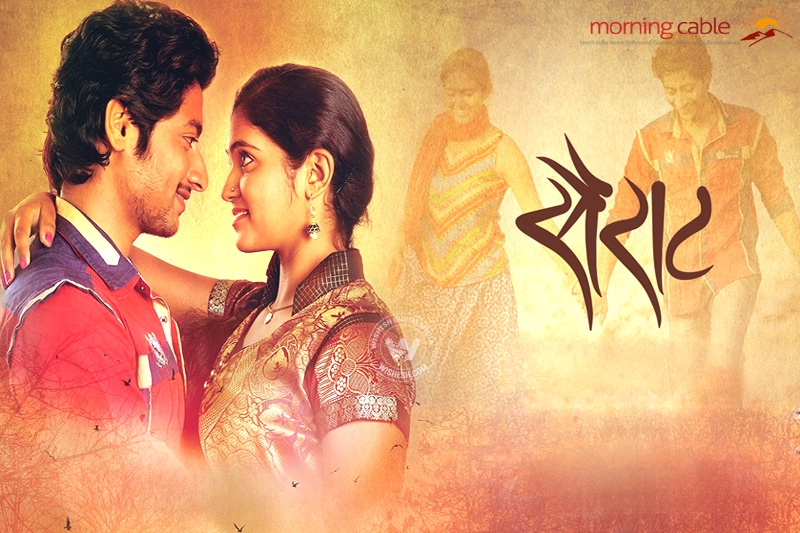Sairat: Love Is Not Blind But Caste
By Chandra Sen
31 May, 2016
Countercurrents.org

The mechanism to maintain endogamy is well articulated by Ambedkar in his very first writing, ‘Castes in India: Their Mechanism, Genesis and Development’. Sati, Child Marriage and Enforcement of widowhood were considered as great traditions of India and applauded by the caste Hindus in the name of Indian culture. This was the mechanism which institutionalised endogamy, the backbone of caste system. It is a religious protocol for every Hindu to maintain the sanctity and purity of caste.
The recent Marathi Movie ‘Sairat’ by Nagraj Popatrao Manjule has succeeded in dismantling multiple myths of Bollywood and our society. Sairat has done equally well both in Marathi as well as Hindi circles. This movie has not only exposed the upper-caste normativity of the Hindi cinema but simultaneously underlined the silence that people in the industry have historically maintained regarding the same. Moreover the limited movies which try to deal with caste/dalit find its solace in Gandhian philosophy. It has successfully exposed film industry’s inability (intentional, though) to incorporate caste as another axis of oppression other than class. In his analysis of mainstream cinema, political scientist Harish S. Wankhede argues that ‘popular Hindi cinema remained with the abstract ‘commoner’ identity away from caste considerations’.
Film industry is considered as working within a binary; films which are considered as social issue based on the one hand and commercial films on the other hand. Films by directors like Shyam Benegal fall in the former category while the rest of the patriarchal/communal/Islamophobic/casteist masala falls in the latter. However, Sairat has destroyed this constructed myth of a binary. It proves that successful star cast, big budgets are not the crucial factors in making a film successful. Storyline which deals sensitively with the issues which are important to people and a nuanced reading of a given society can result in beautiful movie like Sairat. The director of the film Manjule in one of the interviews said that he hates the fact that Indian society is a patriarchal one and he brings in his political stand in the film by making a woman the protagonist. Such a commitment to bring theory and praxis together could be seen rarely within the mainstream cinema, such examples flash only as exceptions.
The story of film revolves around a teenage couple coming from different class and caste background. The director has done a marvelous job by showing love between a Dalit boy (Parsha) and a Patil (Aarchi) girl. The girl, since coming from so called an upper caste/class background, is confident, vocal and assertive. Their falling in love with each other is a transgression of caste hierarchy, something which strictly forbidden within a caste based society like ours. As predicted, their transgression is met with repression and their eventual murder.
Many questions arise after seeing such an ending. The inevitability of the couple’s murder in the audience’s mind puts under scrutiny the nature of our society and the family values that we collectively keep boasting about. The question arises that how could our love for our culture (read Caste because it gets reiterated as culture in our societal narrative) overpower our love for our children? The end certainly forces the viewer to think about all these questions and breaks the myth of cinema being only for entertainment. Also, the relevance of the film could also be discerned from the fact that it comes in a time when the political class is trying to institutionalise Hindu Raj and this film is trying everything to dismantle the narrative weaved in the name of such a Raj.
Chandra Sen is PhD. Scholar at School of International Studies, JNU New Delhi.
Email. [email protected]

